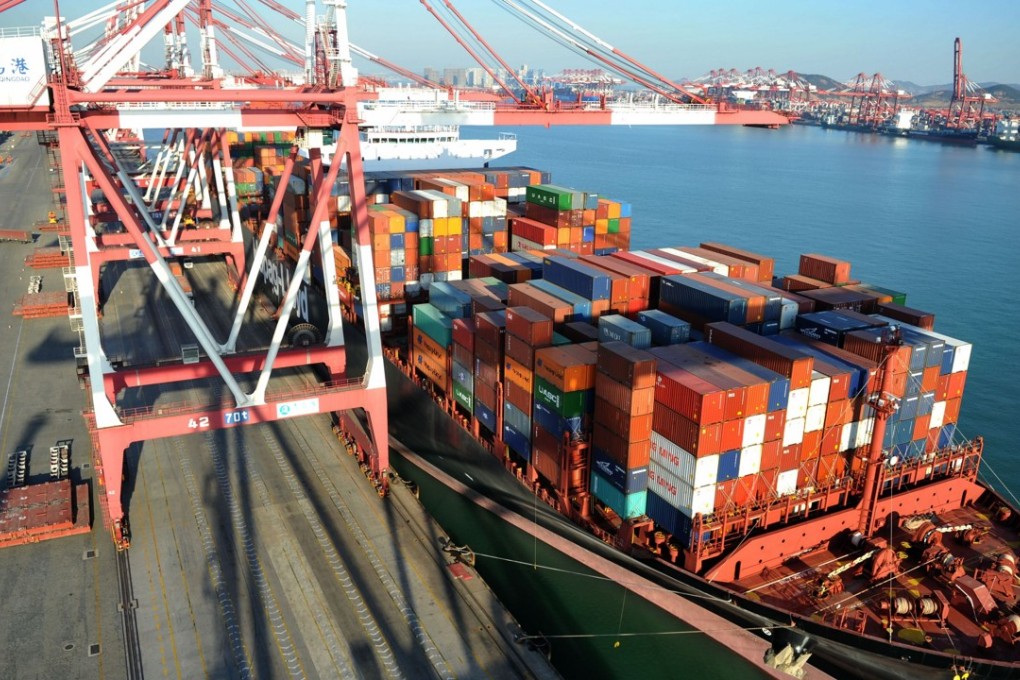The View | What’s the greatest risk to China’s economy? Look no further than its growing corporate and household debt
China has been one of the leading generators of debt since 2009, contributing to the latest worries over global inflation that have roiled markets

Few investors study history. And the ones that do, dismiss the lessons as being irrelevant for the current market. Predicting China’s upcoming economic collapse is a popular contrarian viewpoint, but it is not so easy to generate a convenient scenario if you look at data that is driving global inflation fears.
Credit is like a “ghost in the machine” for banks. It moves through their balance sheets and, ultimately, the markets without senior managers and traders knowing about the cumulative risk, lack of diversification and liquidity problems until it is too late. Much of the new technology being employed by globally and systemically important financial institutions since the global financial crisis along with new rules by BASEL is supposed to better capture and quantify risks.
But China represents a complex case of politically controlled banks whose concept of risk control is vastly different from their western counterparts. Examining the source of credit growth points to its possible future risks.
So far, China’s pile of debt (28 trillion yuan, or US$4.3 trillion), equivalent to about 41 per cent of gross domestic product as of March 2016, is managed by issuing more debt. Economic expansion can only continue by printing more money – credit expansion. The risks, as we saw in 2008, are financial mania followed by sharp declines as one sector like subprime loans collapses and ripples across the markets and economy.
Analysts have mostly focused on China’s GDP growth. But China has been one of the leading generators of debt since 2009. So it is also a contributor to the latest worries over global inflation that have roiled markets and upset traders. Recent Chinese new loan data explains how China is creating more debt to fuel its economy.
According to the People’s Bank of China in January, China created a record 2,900 billion yuan in new loans (US$458.3 billion), 900 billion yuan above the projected 2,000 billion yuan. Corporate loans rose to 901.6 billion yuan in January from 329.4 billion yuan in December.
Deutsche Bank data shows that companies and households appear to have geared up. In January, new credit comprised 66 per cent corporate and 29 per cent household debt versus 43 per cent and 28 per cent, respectively, in December 2017.
